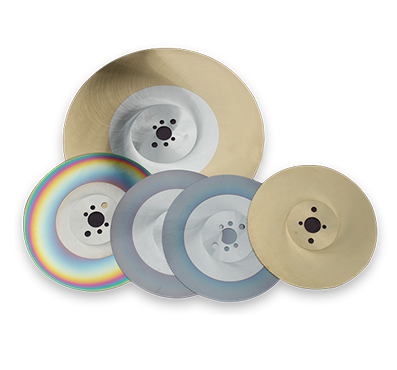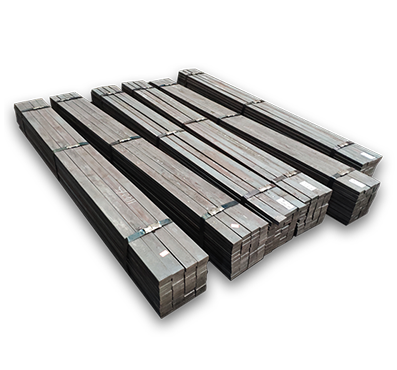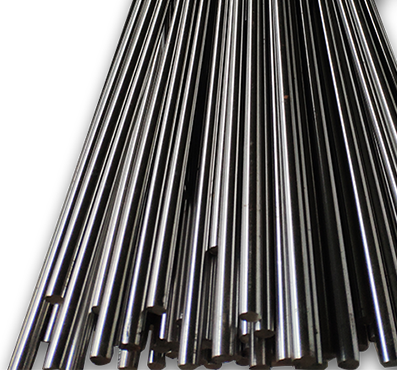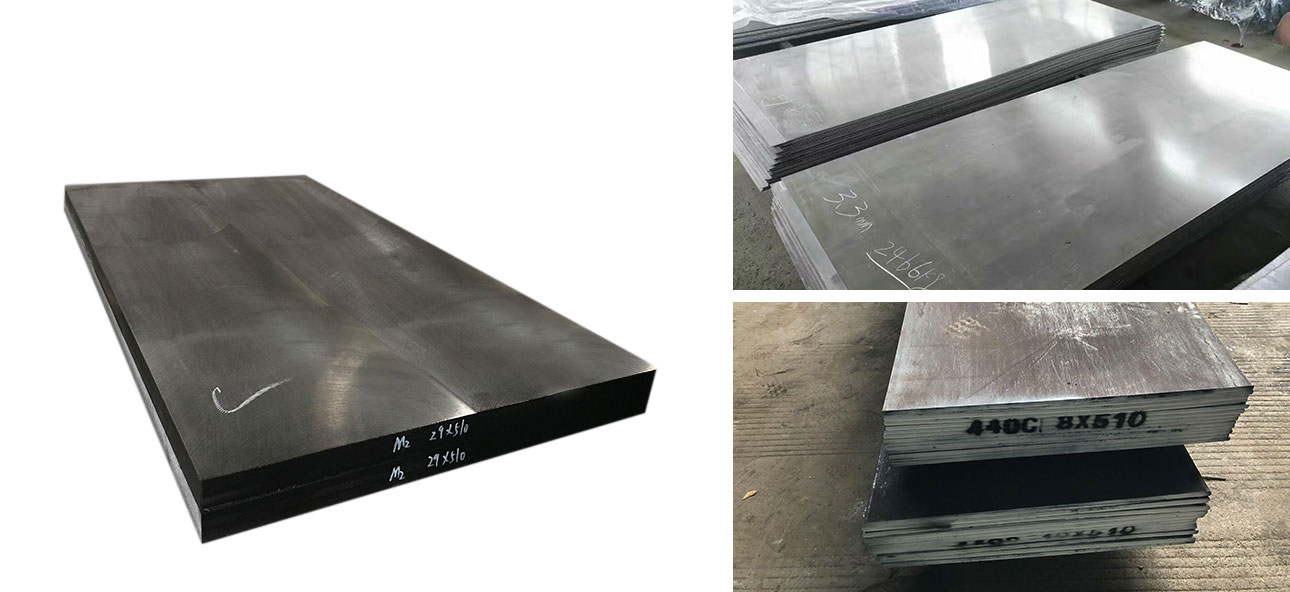

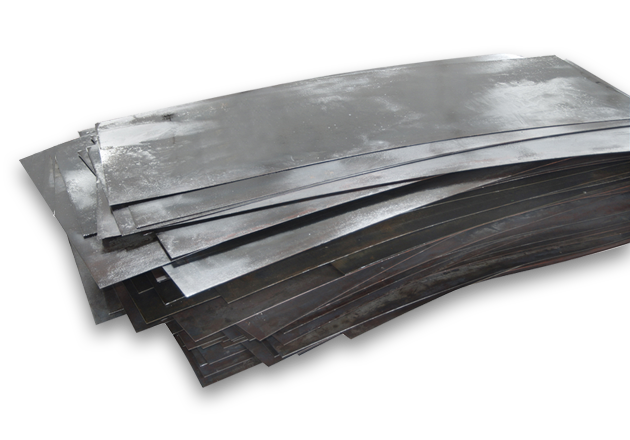
Similar steel grade | Chemical composition(%) | |||||||||||||
Number | China | Japanv | USA | Germany | C | Si | Mn | P | S | Cr | Mo | W | V | Co |
1 | W18Cr4V | SKH2 | T1 | 1.3355 | 0.7-0.8 | 0.2-0.4 | 0.2-0.4 | ≤0.030 | ≤0.030 | 3.8-4.4 | 17.5-19.0 | 1.0-1.4 | ||
2 | W6Mo5Cr4V2 | SKH51 | M2 | 1.3343 | 0.8-0.9 | 0.2-0.4 | 0.2-0.4 | ≤0.030 | ≤0.030 | 3.8-4.4 | 4.6-5.0 | 5.6-6.5 | 1.75-2.25 | |
3 | W6Mo5Cr4V2Co5 | SKH55 | M35 | 1.3243 | 0.85-0.95 | 0.2-0.4 | 0.2-0.4 | ≤0.030 | ≤0.030 | 3.8-4.4 | 4.6-5.0 | 5.6-6.5 | 1.75-2.25 | 4.6-5.0 |
4 | W6Mo5Cr4V2Co2 | 0.9-1.0 | 0.2-0.4 | 0.2-0.4 | ≤0.030 | ≤0.030 | 3.8-4.4 | 4.6-5.0 | 5.6-6.0 | 1.75-2.25 | 1.8-2.2 | |||
5 | W5 | 0.9-1.0 | 0.8-1.2 | 0.2-0.4 | ≤0.030 | ≤0.030 | 3.8-4.4 | 1.6-2.0 | 4.6-5.0 | 0.8-1.2 | ||||
6 | W4Mo3Cr4VSi | 4341 | 0.9-1.0 | 0.8-1.2 | 0.2-0.4 | ≤0.030 | ≤0.030 | 3.8-4.4 | 2.6-3.0 | 3.5-4.5 | 1.2-1.4 | |||
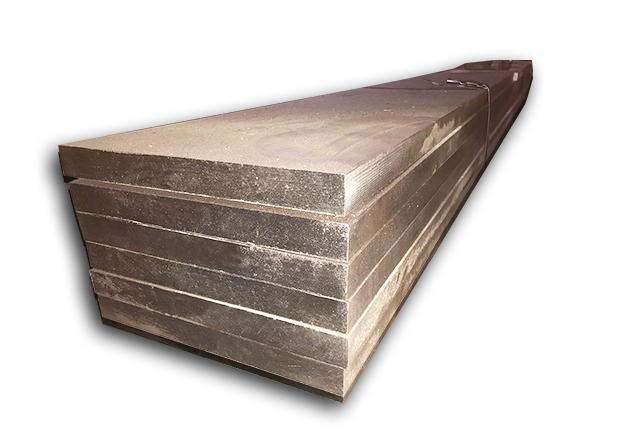
Similar steel grade | Chemical composition(%) | |||||||||||||
Number | China | Japan | USA | Germany | C | Si | Mn | P | S | Cr | Mo | W | V | Co |
1 | Cr12Mo1V1 | D2 | 1.2379 | 1.45-1.60 | 0.2-0.4 | 0.2-0.4 | ≤0.030 | ≤0.030 | 11.0-12.5 | 0.7-1.2 | 0.7-1.0 | |||
2 | Cr12MoV | SKD11 | 1.2601 | 1.45-1.60 | 0.2-0.4 | 0.2-0.4 | ≤0.030 | ≤0.030 | 11.0-12.5 | 0.4-0.6 | 0.15-0.36 | |||
3 | 5Cr8MoVSi | A8B | 1.2360 | 0.55-0.65 | 0.9-1.2 | 0.2-0.4 | ≤0.030 | ≤0.030 | 7.5-8.5 | 1.3-1.6 | 0.7-1.0 | 0.3-0.6 | ||
4 | 4Cr5MoSiV1 | SKD61 | H13 | 1.2344 | 0.32-0.45 | 0.8-1.2 | 0.2-0.4 | ≤0.030 | ≤0.030 | 1.75-5.5 | 1.1-1.75 | - | 0.8-1.2 | |
5 | Cr8Mo1VSi | MOD FIED DC11 | DC53 | 0.9-1.05 | 0.8-1.1 | 0.2-0.4 | ≤0.030 | ≤0.030 | 7.8-8.5 | 1.8-2.1 | 0.15-0.35 | |||
6 | 9Cr18Mo | SUS440C | 440C | 0.95-1.1 | ≤0.80 | ≤0.80 | ≤0.030 | ≤0.030 | 17.0-19.0 | 0.2-0.75 | 0.1-0.2 | |||
7 | Cr12 | SKD1 | D3 | 1.2080 | 2.0-2.3 | ≤0.40 | ≤0.40 | ≤0.030 | ≤0.030 | 11.5-13.0 | ||||
8 | 9CrWMn | SKD3 | O1 | 1.2510 | 0.85-0.95 | ≤0.40 | 0.9-1.2 | ≤0.030 | ≤0.030 | 0.5-0.8 | - | 0.5-0.8 | ||
9 | LD | 0.65-0.75 | 0.7-1.2 | ≤0.50 | ≤0.030 | ≤0.030 | 6.5-7.5 | 2.0-2.5 | 1.7-2.2 | |||||
10 | CrWMn | 0.9-1.05 | ≤0.40 | 0.8-1.1 | ≤0.030 | ≤0.030 | 0.9-1.2 | 1.2-1.6 | ||||||
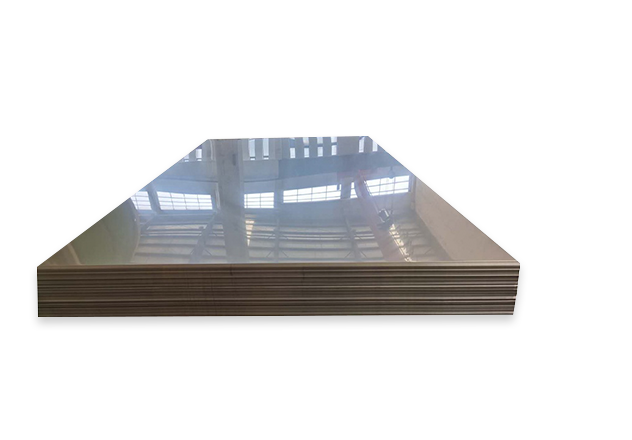
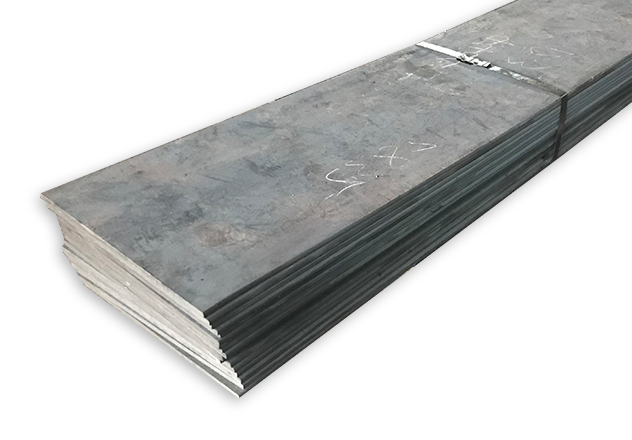
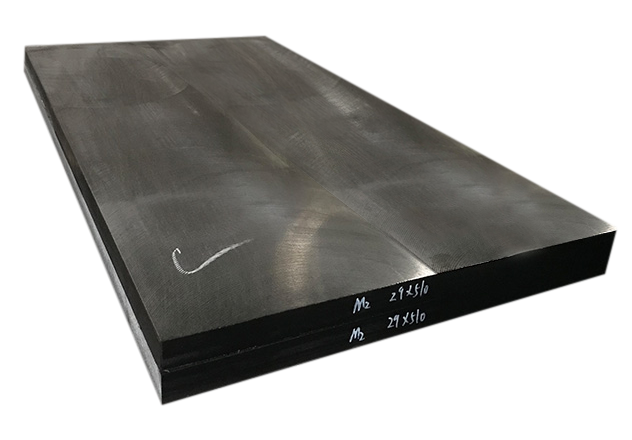
Description | Thickness (mm) | Width(mm) | Length(m) | Operative norm |
Cold rolled steel plate | 1.0-2.5 | 650-850 | more than the 1.5m | GB9943-2008/GB/T1299-2000 |
Hot rolled steel plate | 2.55-12.0 | 650-850 | more than the 1.5m | GB9943-2008/GB/T1299-2000 |
Forged steel plate | 20-100 | 310/410/510/610 | more than the 1.5m | |

High speed steel (HSS) is a tool steel with high hardness, high wear resistance and high heat resistance, also known as high speed tool steel or front steel, commonly known as white steel. High-speed steel was created by F.W. Taylor and M. White of the United States in 1898. High-speed steel has good process performance, good strength and toughness, so it is mainly used to manufacture complex thin blades and impact-resistant metal cutting tools, as well as high-temperature bearings and cold extrusion molds. In addition to the high-speed steel produced by the smelting method, powder metallurgy high-speed steel has appeared since the 1960s. Its advantage is to avoid the carbide segregation caused by the smelting method and reduce the mechanical properties and heat treatment deformation.
Craftsmanship
The heat treatment process of high-speed steel is relatively complicated, and it must go through a series of processes such as quenching and tempering. During quenching, it is generally divided into two stages due to its poor thermal conductivity. First preheat at 800 ~ 850 ℃ (so as not to cause large thermal stress), and then quickly heated to the quenching temperature of 1190 ~ 1290 ℃ (the temperature of different brands in actual use is different), after oil cooling or air cooling or gas cooling. All factories use salt furnaces for heating, and vacuum furnaces are now widely used. After quenching, a part (about 30%) of retained austenite is not transformed into martensite due to the internal structure, which affects the performance of high-speed steel. In order to transform the residual austenite and further improve the hardness and wear resistance, generally 2 to 3 tempers are carried out, the tempering temperature is 560 ℃, and each time it is kept for 1 hour. Production and manufacturing method: usually produced by electric furnace, high-speed steel has been produced by powder metallurgy method, so that the carbide is evenly distributed on the substrate in the form of very fine particles, which improves the service life. Uses: used to manufacture various cutting tools. Such as saw blades, planing knives, circular knives, turning knives, drill bits, hobs, machine saw blades and demanding molds.
Main types
High-speed steel is a complex steel with carbon content generally between 0.70 and 1.00%. The amount of alloying elements is large, and the total amount can reach 10-25%. According to the different alloy elements, it can be divided into: ① tungsten-based high-speed steel (containing 4.6-19% of tungsten); ② tungsten-molybdenum-based high speed steel (containing 3.5-6.5% of tungsten and 1.6-5.0% of containing molybdenum); ③ high-molybdenum High-speed steel (containing tungsten 5.6 to 6.5%, molybdenum 4.6 to 5.0%); ④ vanadium high-speed steel, according to the different vanadium content is divided into general vanadium content (containing vanadium 1-2%) and high vanadium content (containing Vanadium 2.5~5%) high-speed steel; ⑤ Cobalt high-speed steel (containing 1.8~10% cobalt). Common types are: W18Cr4V, W6Mo5Cr4V2, W6Mo5Cr4V2Co5, etc.
Main performance
Also known as wind steel or front steel, also known as white steel. It means that it can harden even if it is cooled in air during quenching, and it is very sharp. It is an alloy steel with a complex composition containing carbide-forming elements such as tungsten, molybdenum, chromium, vanadium, and cobalt. The total amount of alloy elements is about 10 to 25%. It can still maintain a high hardness under high heat cutting conditions (about 500 ℃), HRC can be above 60. This is the main characteristic of high-speed steel-red hardness. After quenching and low temperature tempering, the carbon tool steel has a high hardness at room temperature, but when the temperature is higher than 200 ℃, the hardness drops sharply. At 500 ℃, the hardness has dropped to a level similar to the annealing state. , Completely lost the ability to cut metal, which limits the use of carbon tool steel for cutting tools. High-speed steel, due to its good red hardness, makes up for the fatal shortcomings of carbon tool steel and can be used to make cutting tools. High-speed steel is generally not tested for tensile strength, but mainly for metallographic and hardness tests. After proper heat treatment of tungsten-based and molybdenum-based high-speed steel, Rockwell hardness can reach above 63, and cobalt-based high-speed steel above 65. The acid-impregnated low-expansion structure of steel shall not have visible shrinkage holes or skinning. The center is loose, generally the looseness should be less than level 1. The content of metallographic examination mainly includes three items: decarburization layer, microstructure and carbide unevenness. 1. High-speed steel should not have obvious decarburization. The microstructure must not have fishbone eutectic Leyte. 2. Carbide unevenness in high-speed steel has the greatest impact on quality, and the metallurgical and mechanical departments attach great importance to the level of carbide unevenness. According to the different uses of steel, different grade requirements can be proposed for the unevenness of carbides. Generally, it should be less than grade 3. 3. In addition to high hardness, high abrasion resistance and sufficient toughness, there is an important factor for manufacturing cutting tools made of high-speed steel is red hardness. (Red hardness refers to the ability of the cutting edge to resist softening in the red hot state when the tool is cutting at high speed.) One method to measure the red hardness is to first heat the steel to 580-650°C, keep it for 1 hour, and then cool it. The hardness value is measured after 4 times. The quenching temperature of high-speed steel is generally close to the melting point of steel. For example, tungsten-based high-speed steel is 1210-1240°C, and high-molybdenum-based high-speed steel is 1180-1210°C. After quenching, it is generally necessary to temper 3 times between 540 and 560°C. Increasing the quenching temperature can increase the red hardness of the steel. In order to improve the service life of high-speed steel cutters, the surface can be strengthened, such as low-temperature cyanidation, nitridation, sulfur-nitrogen infiltration, etc.





